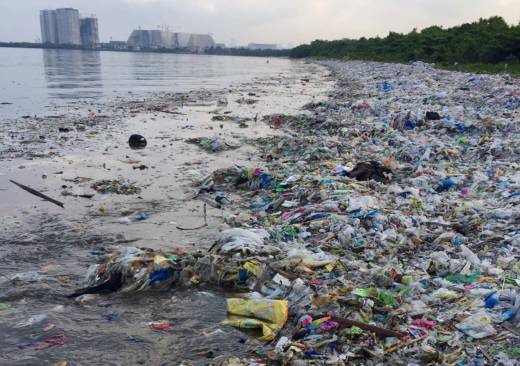"Plastic" simply means pliable and easily shaped. It only recently became the name for a category of materials called polymers ("of many parts"), which refer to long chains of molecules arranged in repeating units. There are lots of naturally occurring polymers -- many of which have long been exploited by humans -- including silk, wool, rubber and cellulose, the material that makes up the cell walls of plants. Even DNA is considered a polymer. The length and shape of the molecular chains makes them particularly strong, flexible and lightweight.
It wasn't until the early 1900s that chemists began figuring out how to mimic the structures of natural polymers and create entirely synthetic ones in laboratories. Today, plastic broadly refers to any number of commonly used synthetic polymers, most of which are derived from oil or natural gas.
Click here for a good rundown of the seven major types of consumer plastic, and which ones are easily recyclable.
Plastic has undoubtedly revolutionized society, introducing a huge amount of convenience and affordability, and allowing for the development of things like computers, cell phones and most modern medical advancements.
But our obsession with it also comes at a steep cost. Although originally hailed as a miraculous innovation that could reduce a rapidly industrializing society's reliance on scarce natural resources, plastic has also created a monumental environmental mess. Worldwide, more than 400 million tons of the stuff are churned out annually, generating a huge amount of waste of which less than 10 percent is recycled. The rest either ends up in landfills, where it will take an average of 500 years to decompose, or in waterways and oceans.
And as this latest Above the Noise episode on microfibers makes clear, that has become a mounting environmental crisis.
Scroll through this timeline for a brief history of how synthetic plastics emerged and came to dominate our lives.
Sources
